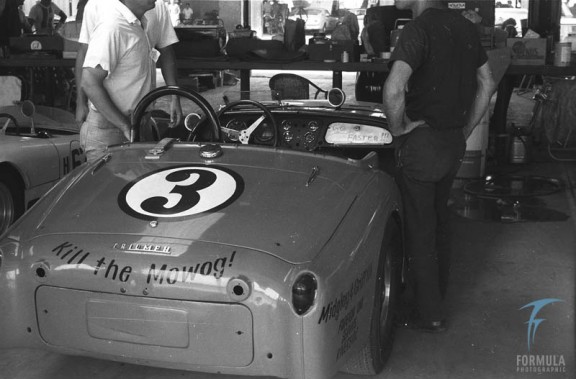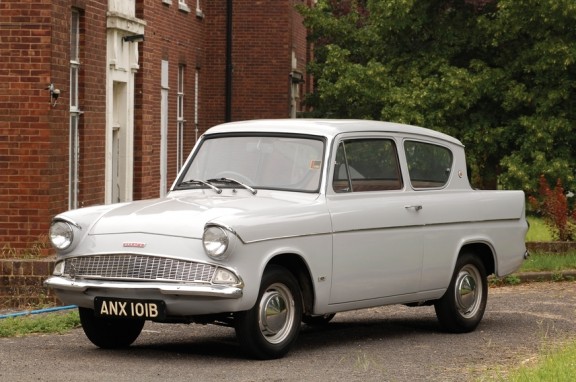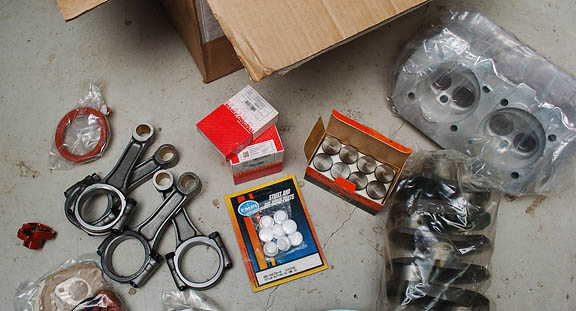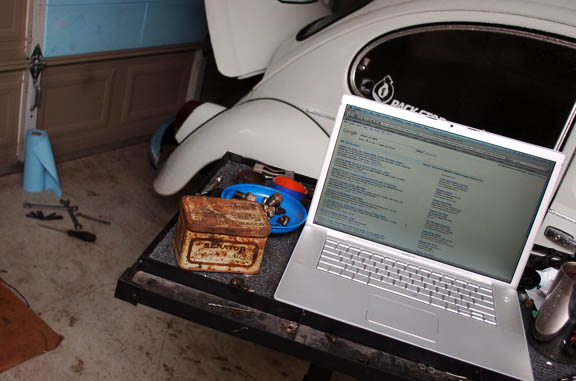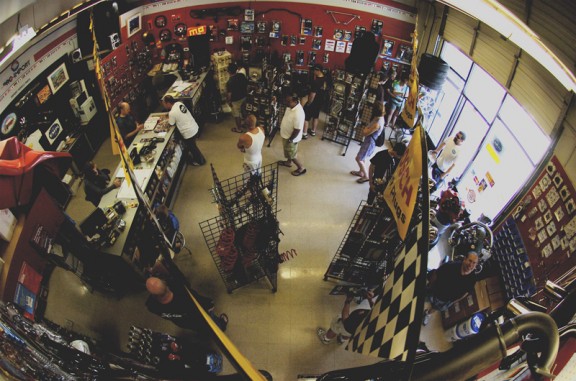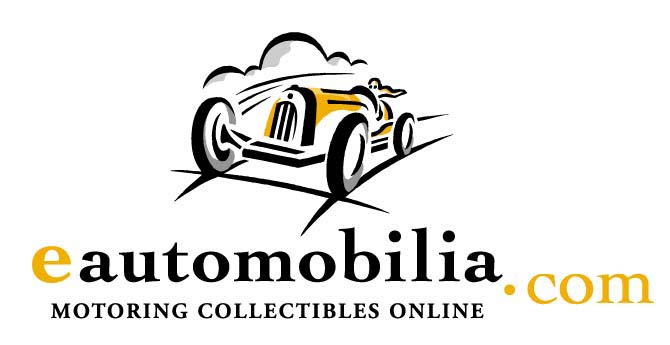Words & Photos by Budd Stanley
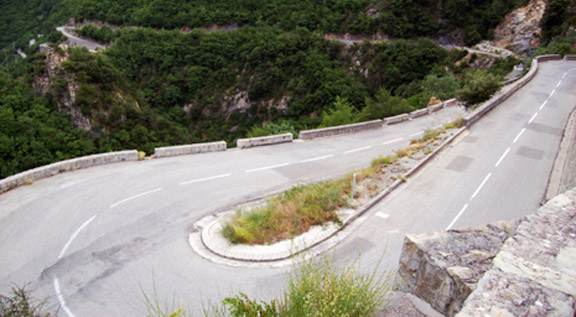
Imagine if you will, the chance to drive the Col de Turini. An exciting, once in a lifetime chance yes, but what if you were given a high-powered sports car, and you had the Col all to yourself, free to take rage on the most famous and historical of all World Rally Championship stages? Well, I just happened to be in the region and I thought it would be a shame to come all this way and not tackle the great Col de Turini. The Col is the staple, and often deciding, stage in the Monte Carlo rally.
All the great names in rallying have attacked this particularly sacred strip of tarmac. Paddy Hopkirk, Rauno Aaltonen, Sandro Munari, Timo Makinen, Marku Allen, Ari Vatenen, Tommi Makinen, Colin McRae, and Seb Loeb have all taken stage wins here to win the Monte. It is a stage that separates the men from the boys with several deadly characteristics. With an altitude change of 1200 meters, drivers are usually sent out on slicks with only a few studs punched in around the outside of the tire. That’s because the road at the bottom of the mountain is usually free of ice or snow. However once drivers start to reach the top of the Col, a fresh dusting of the slick stuff is most likely waiting for them. Changing surface conditions is then matched to the roads topographical limitations, as it’s literally carved into a rock face. Sounds like fun, so off I went to experience the Col for myself.
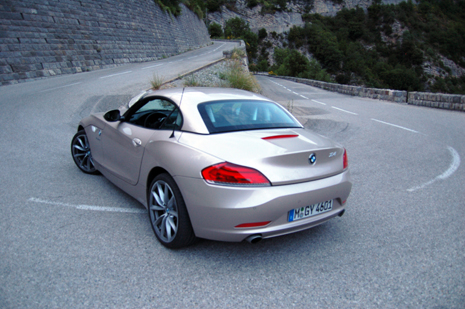
With a new 2009 BMW Z4 sDrive35i turbo as my weapon, I made my way up the D2565 (a particularly spectacular bit of road in itself) leading to the town of La Bollène-Vésubie, and the beginning of the Col. Much like the Eiffel region that is home to the Nurburgring, there is a aura of speed and motorsport excellence in the region. Here, drivers begin to push vehicles limits and put more emphases on the perfect cornering line. Seeing a mid 80’s Fiat Panda cutting a blind corner with the rear tire lifted into the air like an angry terrier becomes a regular sight. The D2565 is a great road, but as soon as you turn off onto the D70, the fact you are on the legendary stage is clear.
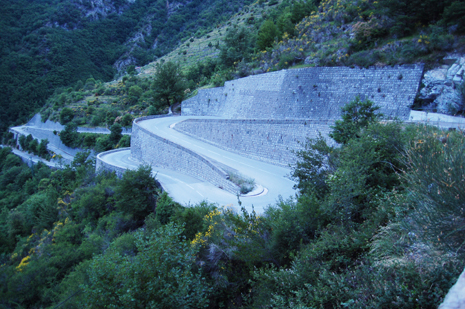
The tight and narrow road is absolutely riddled with corners. Rising out of La Bollène-Vésubie and up the rocky cliff gorge, the road is little more than a one lane ledge with a sheer rock wall on the left side, and a bottomless drop off the right side as it charges steep into the mountain. It wasn’t long until I hit the first hairpin complex, a stack of switchbacks that climb the rocky cliff like a ladder, so popular with the camera helicopters. On I drove, with no traffic in sight, rubber scars littering the road surface where S2000 cars have left their braking too late, or spun their wheels leaving the hairpins. The endless onslaught of corners continued on into the beautiful Turini forest that covers the higher altitudes.
Finally I had arrived at the top of the Col, a legendary piece of real estate where 35,000 mad and drunken French and Italian fans pummel each other with snowballs and roman candles in anticipation for their competing countrymen to rocket over the Col in a fit of snow spraying glory. There are three Inns here on the Col and the Restaurant des Trois Vallèes, is a particularly good place to grab a bite to eat and a drink, while being surrounded by rally memorabilia.
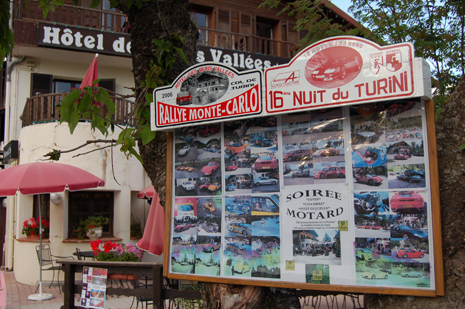
After some sentimental time on the Col, it was time to head down the D2566 towards Sospel, France. This is where things got interesting. Pulling off the Col and diving down into the forest of the south side, I noticed a sign at the side of the road with the words, “Route Barrière.“ Obviously the road was under construction, but I wasn’t going to let a little sign stop me from exploring this historic route. So on I went.
With the BMW Z4’s turbo now glowing, and the road indeed blocked, I hustled my way back up the stage, the sweet sound of the straight six echoing off both the rock wall and the cliff face on the opposite side of the gorge. Up through the hairpin complex and on to Moulinet. Turn around, and do it all again down hill, the back end of the Z4 breaking loose under the force of braking required to get the car through the tight corners. The rock walls only inches away reflected the light emitted from glowing brake discs. By the time I made it back to the bottom, the brake pedal was almost non-responsive. The concentration and skill needed to navigate a car through this lethal bit of road gave me a new respect for the men who attack this stage in absolute anger. It really does take an exceptional person to not only conquer this road, but to do it in icy conditions on slick tires. This is why Col de Turini is the greatest stage in the WRC.

Lap after lap, I had lost track of time. I cruised back into Moulinet, hoping to find some sort of accommodation, and found the entire town partying in the town square, all 250 souls. Making my way into the square to practice my grade nine level French, I couldn’t even get out a word before I had a glass of champagne and a pastry in my hand. With alcohol in my system and the nature of the road, I would be staying there for the night, whether in the car or a hotel. After asking if there was a hotel open in town, the locals told me not to worry, and my glass was refilled and a fresh pastry supplied. I was given a fully equipped apartment in town by one of the locals and was asked to rejoin for the celebration back in the square. That night I filled myself with champagne and pastries, talked of stories about the rally, and leaped over the massive bonfire burning in the square, as is tradition, making for a truly surreal experience.
The next day I was up a little later than I hoped, for obvious reasons. I walked down to the café for a much-needed espresso, and a chat with the locals I had come to know the night before. And with that it was back into the Z4, and back up the Col, headed to the next great Alp pass on my schedule. But nothing can compare to the experience I received on the Col, a once in a lifetime event.
About The Route:
Places To Stop: The village of Moulinet; famous Inns at the top of the Col; West side hairpin complex; and south side hairpin complex. Total Distance: 22.68 km (stage)
Altitude: 1,607 m
Starting Point: Coordinates 43°98′99″N – 7°32′14″E. We began in the town of La Bollène-Vésubie. Following the D70 east we wound our way to the Col, Following the traditional route south along the D2566 to the stage finish in Sospel, via the village of Moulinet.
Finishing Point: Coordinates 43°52′41″N – 7°26′57″E
Road Type: Hairpin riddled, narrow tarmac rally stage
Warnings: This road requires the absolute in concentration, nearly all corners are blind and everyone is out to best their time. Reflexes must be top level to keep the shiny side up. Serious drop-offs if the stone barriers don’t do their job.

